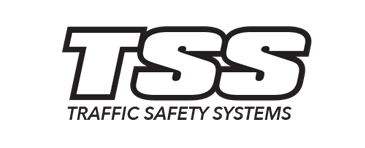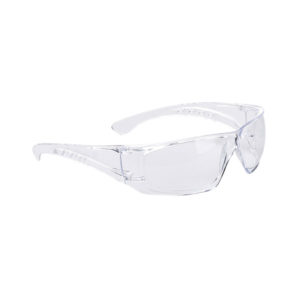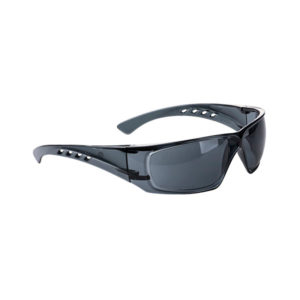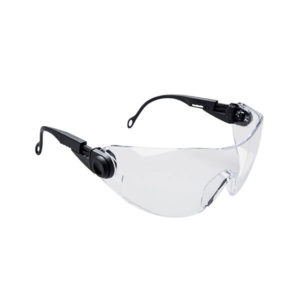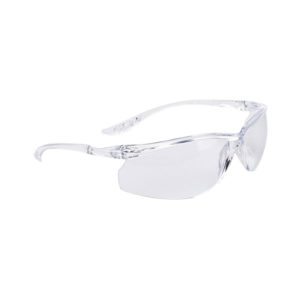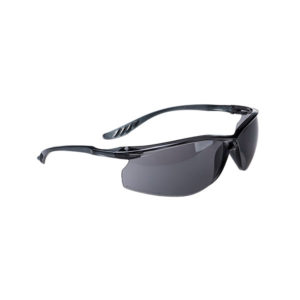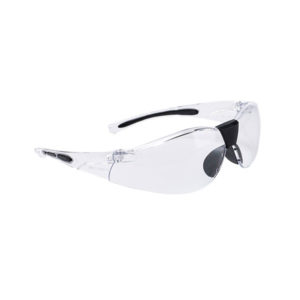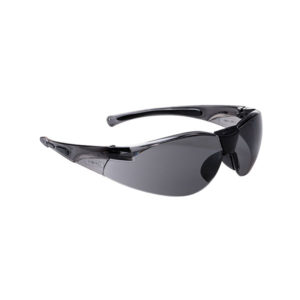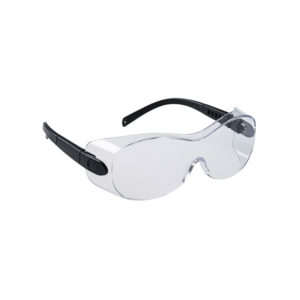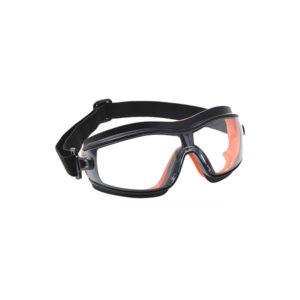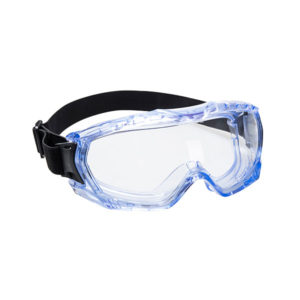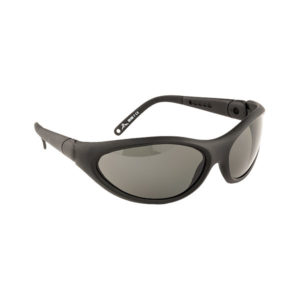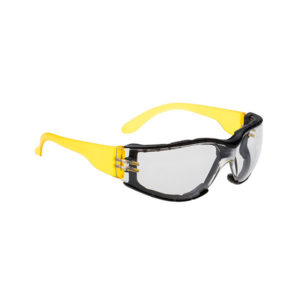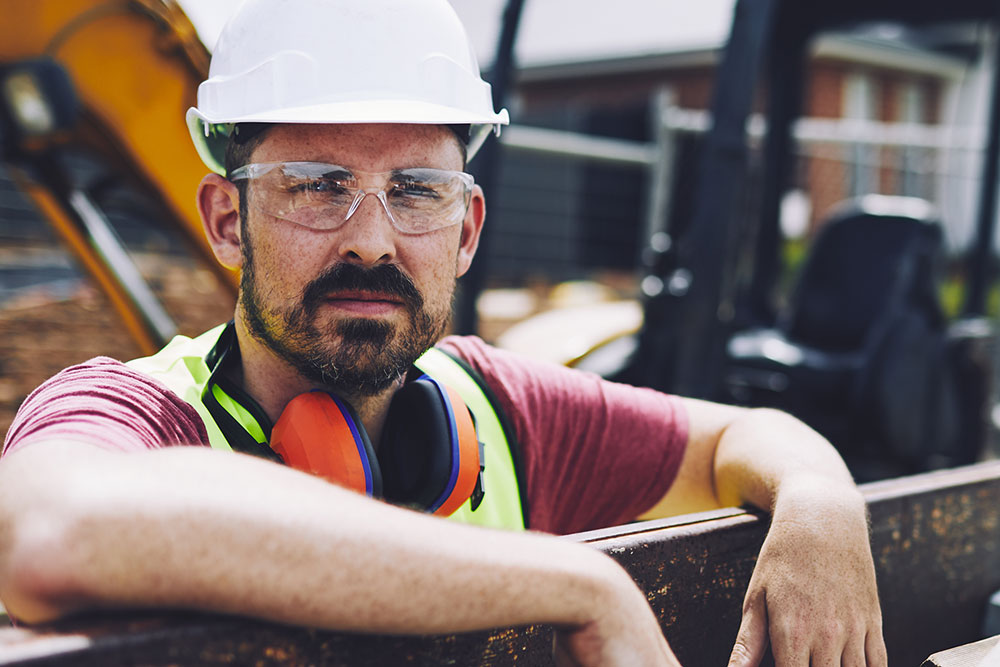
Everything You Need to Know About Safety Glasses and Protective Eyewear in the Workplace
When you’re on the job, you need to be protected from any possible hazard that could cause injury or even death. You do this by wearing Personal Protective Equipment (PPE) like hard hats, safety shoes, safety glasses, and even respirators if you work in certain conditions. Safety Glasses and Safety Goggles are essential items of PPE and we have highlighted their features and benefits below.
The Benefits of Wearing Safety Glasses
There are many reasons why wearing safety glasses should be a priority. They protect your eyes from harmful UV rays, which have been known to contribute to age-related macular degeneration, cataracts, as well as other eye-related health issues such as pterygiums (which can block vision), conjunctivitis, retinal detachment and even blindness. The good news is that safety glasses don’t need to be expensive for them to be effective at protecting your eyes—and there are even several budget-friendly options out there that won’t break your bank. Consider buying anti-fog lenses for protection from weather conditions if you work outdoors.
What To Look for When Purchasing Protective Eye Wear
The first thing you want to look for when purchasing protective eye wear is comfort. If you’re going to be wearing these for long periods of time you need them to be comfortable. What many people do not know is that just because a pair of safety glasses have breathing holes doesn’t mean they are breathable. So make sure whatever pair of safety glasses you choose are specifically made for indoor use.
The basics of how to wear safety glasses, whether they’re regular or wrap-around. When you put on a pair of safety glasses, make sure your vision is completely unobstructed by adjusting them properly over your ears. If you are wearing a hat or helmet, you can push your hat back so that it’s not touching your safety glasses and pushing them out of place.
The Dangers of Not Wearing Protective Safety Glasses
While wearing protective eyewear may seem like a no-brainer, studies show that half of all workers do not wear their safety glasses on a regular basis. In fact, about 20 percent of employees say they don’t use protective eyewear at all because they find it too uncomfortable or have trouble seeing clearly while wearing them. These are serious concerns, as nearly 300 accidents occur annually because an employee failed to wear safety glasses. If you know someone who doesn’t use protective eyewear regularly, you can help make a change by speaking up about how important it is for everyone in your workplace to always wear protective safety glasses when operating equipment or doing other work that could cause eye injuries.
Tips for Maintaining Your Safety Glasses
It’s not enough to buy safety glasses; you need to keep them maintained too. As with other pieces of safety equipment, there are ways you can make sure they stay effective. First, clean them according to their care instructions. Many come with a specific cleaning solution or process (if not, get some rubbing alcohol). While you should always make sure your glasses don’t have any scratches that could interfere with vision, it’s especially important that your lenses are free of smudges, oil, or dirt—all of which can reduce protection from injury or material damage. Finally, consider getting prescription safety glasses if eyewear is an option for you—not only will they protect against chemical splashes, but they may be more comfortable than regular eyeglasses too.
Why Are There Different Types of Safety Glasses?
No matter where you live, at some point you’re going to need eye protection on site. We all know what safety glasses look like—they come with a strong plastic frame, a foam or rubber seal around it, and lenses that can filter out hazardous light. There are three main types of safety glasses: full-seal goggles (the kind you might see welders wearing), half-seal goggles, and non-safety glasses. Each type has its own use cases; which one is right for you depends on your job duties or hobbies.
-
Clear View Spectacle – Clear
$8.12 inc. GST -
Clear View Spectacle – Smoke
$6.93 inc. GST -
Contoured Safety Spectacles
$6.56 inc. GST -
Lite Safety Spectacles – Clear
$7.98 inc. GST -
Lite Safety Spectacles – Smoke
$7.98 inc. GST -
Lucent Spectacles – Clear
$6.74 inc. GST -
Lucent Spectacles – Smoke
$6.74 inc. GST -
Portwest Over-Spectacles
$7.70 inc. GST -
Slim Safety Goggle
$16.23 inc. GST -
Ultra Vista Goggle
$18.84 inc. GST -
Umbra Polarised Spectacle
$57.62 inc. GST -
Wrap Around Plus Spectacles – Clear
$8.39 inc. GST
